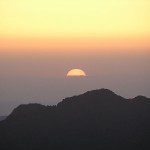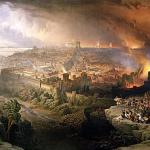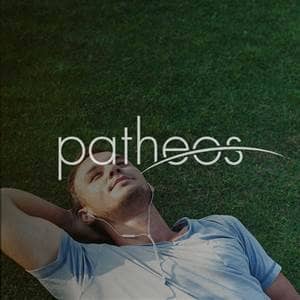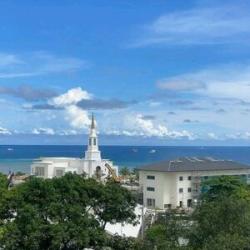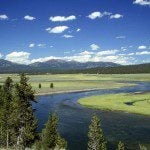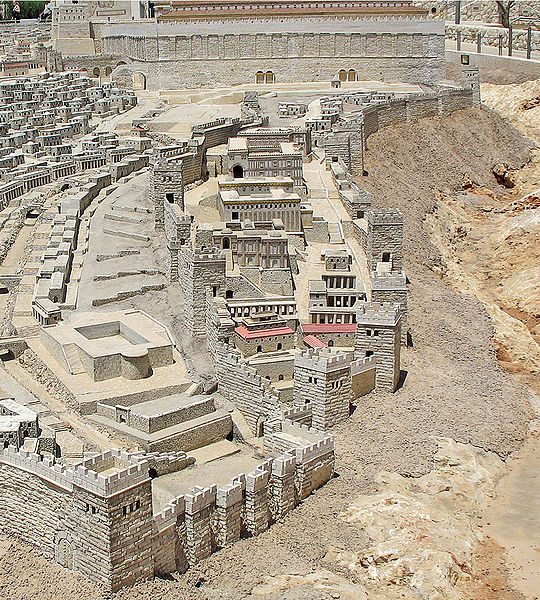
A new article of mine has appeared in Meridian Magazine: “What Archeology Has Taught Us About Lehi’s Jerusalem.”
Try not to let it ruin your day, let alone your Easter weekend.
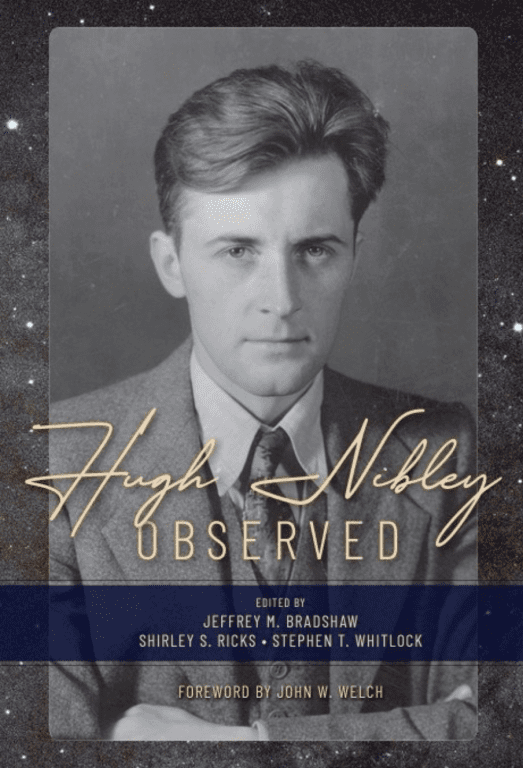
(From the Eborn Books website)
Another article has been newly posted on the website of the Interpreter Foundation: Hugh Nibley Observed: “Hugh Nibley and the Church,” written by Robert L. Millet
“I am honored to be invited to contribute to this volume celebrating the remarkable life and work of Hugh W. Nibley. I believe Hugh was one of a kind, a man that comes along about once per dispensation. He was an individual with a distinctive mission on earth, one who no doubt brought with him many of the gifts that had long been developed in our first estate. And, of course, Hugh’s intellectual preparation in this life, linked with his love for and devotion to Joseph Smith and the Restoration, prepared him for a task that in many ways would be unique to him.”
Part of our book chapter reprint series, this article originally appeared in Hugh Nibley Observed, edited by Jeffrey M. Bradshaw, Shirley S. Ricks, and Stephen T. Whitlock. For more information, go to https://interpreterfoundation.org/books/hugh-nibley-observed/.
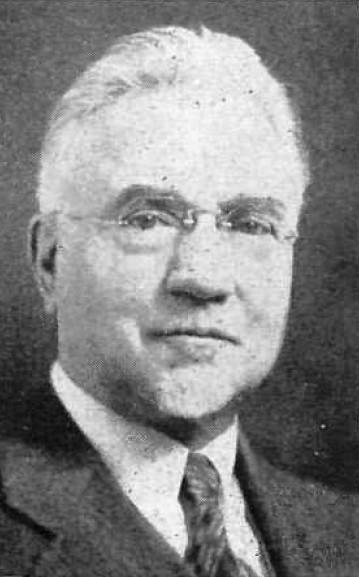
(Wikimedia Commons public domain image)
I was pleased, a couple of days ago, to receive two paperback books in the mail: Understanding Our Jewish Neighbors, by Rabbi Mark S. Diamond and Professor Shon D. Hopkin, and Understanding Our Catholic Neighbors, by Mathew Schmalz and Alonzo L. Gaskill. I understand that there is also to be a volume entitled Understanding Our Evangelical Neighbors, but I don’t think that it has appeared yet. The books are part of a series that is being produced under the auspices of the John A. and Leah D. Widtsoe Foundation, which is based in Southern California. I understand that similar books on Islam and Eastern Orthodoxy are also in the works, and then, if all goes well, that there will be volumes on the major non-Abrahamic religions beyond those.
This series is a wonderful idea, and I wish it all possible success. The backs of both of the books that I’ve received feature a quotation from remarks given by Elder Dieter F. Uchtdorf, of the Quorum of the Twelve Apostles — then a member of the First Presidency — at the John A. Widtsoe Symposium that was held on 24 April 2015 at the University of Southern California:
What we have in common is of far greater significance than that which divides us. The effort to throw off traditions of distrust and pettiness and truly see one another with new eyes — to see each other not as aliens or adversaries but as fellow travelers, brothers and sisters, and children of God — is one of the most challenging while at the same time most rewarding and ennobling experiences of our human existence.
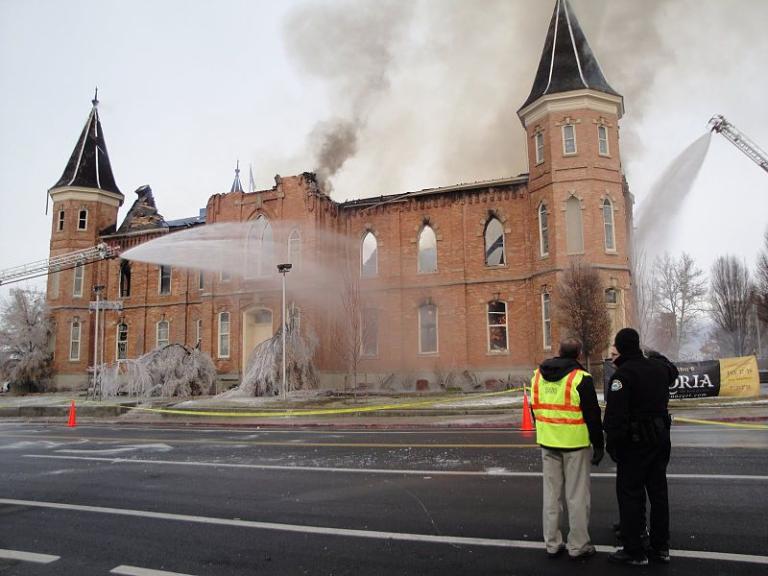
This news item caught my eye. I’ve actually visited the little cemetery in question. It’s very interesting. But, well . . . wow:
“Crypt near Marilyn Monroe and Hugh Hefner could fetch $400,000 at auction”
I myself spent some time today thinking about the dead. My wife and I attended the (very beautiful) Provo City Center Temple this afternoon on behalf of two of my ancestors; the one for whom I acted was born in Norway in 1786. I wonder how many times anybody on earth has thought about him over the past one hundred or one hundred and fifty years apart from the family history work and temple service fostered by the Church of Jesus Christ of Latter-day Saints.
And, by the way, the juxtaposition in my mind of today’s temple session and the story about the Hefner-Monroe-adjacent burial crypt turned my thoughts toward Hugh Nibley’s 1954 remarks that are available now on the website of the Interpreter Foundation: “Nibley Lectures: Time Vindicates the Prophets — Two Ways to Remember the Dead.” They’re well worth a listen; they last only slightly more than seventeen minutes.
Incidentally, the Provo City Center Temple itself provides a potent symbol or metaphor for life after death, for resurrection after ruin, for a transforming gift of grace.
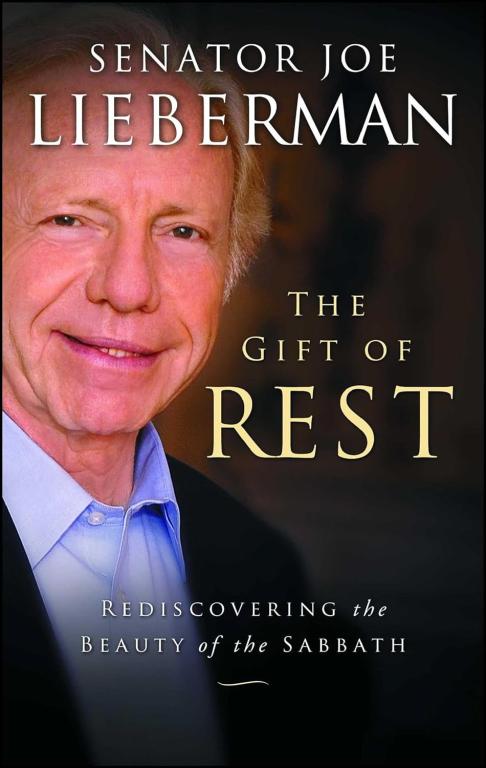
I continue to think about, and to mourn, the sudden and unexpected passing of Senator Joseph Lieberman. I mourn not only for him as an individual person, though he seems to have been a wonderful man, but for the end of an era that he represents — an era of political civility and decency. I don’t idealize the past but, as we hurtle headlong into a politics of divisiveness and sheer partisan ugliness, I see much in it that was of value and that should be missed, even if many now don’t seem to miss it or to value it at all.
With the exception of the first piece, all of these articles are from the conservative journal National Review, to which, I realize, some will have limited access or no access at all:
Deseret News: “Longtime Connecticut senator Joe Lieberman dies: Lieberman once defended Latter-day Saints on the Senate floor”
National Review: “Joseph Lieberman, R.I.P.”
National Review: “Joe Lieberman: Edel“
National Review: “Joe Lieberman: A look back at his political career in Washington”
National Review: “A Remarkable Man”
This article, originally published on 27 February 2008, isn’t about Joe Lieberman. It’s a tribute by Senator Lieberman to his longtime friend William F. Buckley Jr., who had just died.
I am a free-market, libertarian-leaning, strict constructionist, federalist conservative. Senator Lieberman was liberal enough to have been chosen as Al Gore’s running mate, though surprisingly moderate or even conservative in some regards. But he was, by all accounts and all evidence, a genuinely good man. And that counts very highly, in my judgment.


